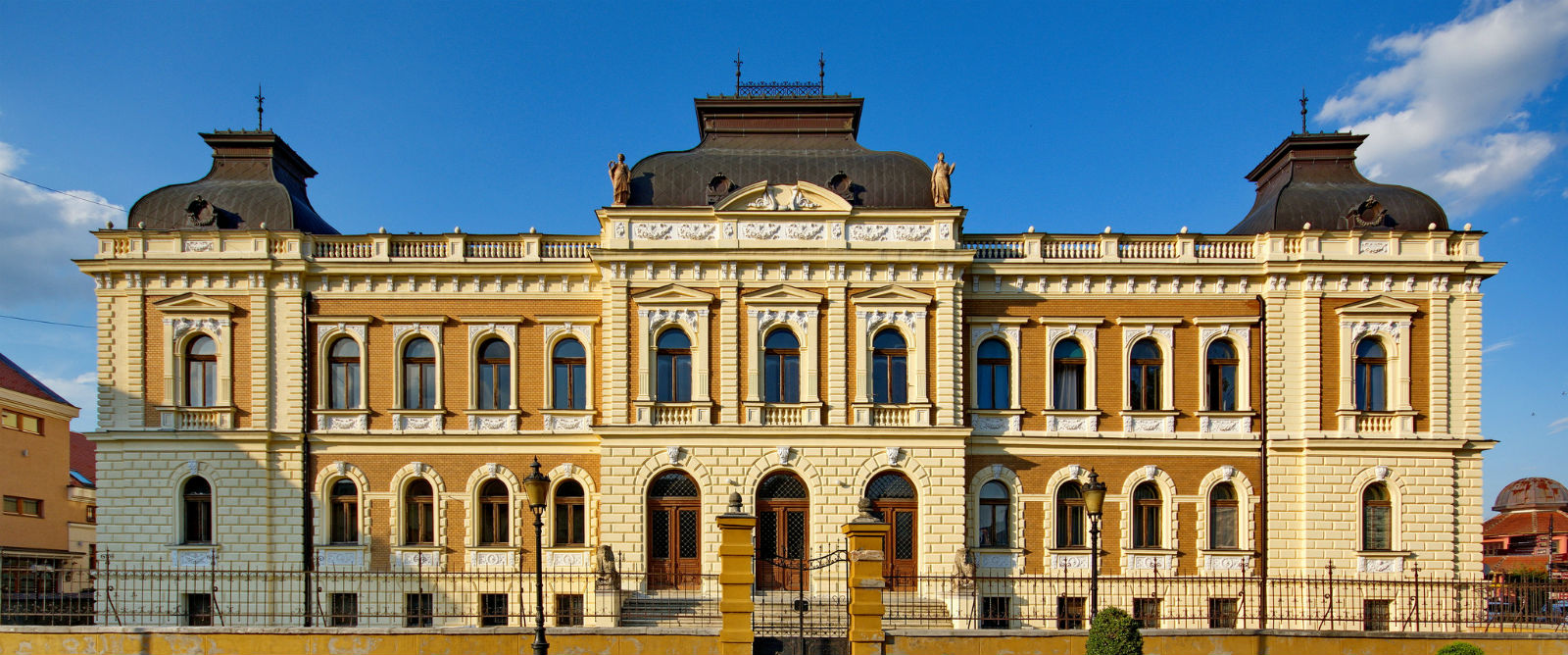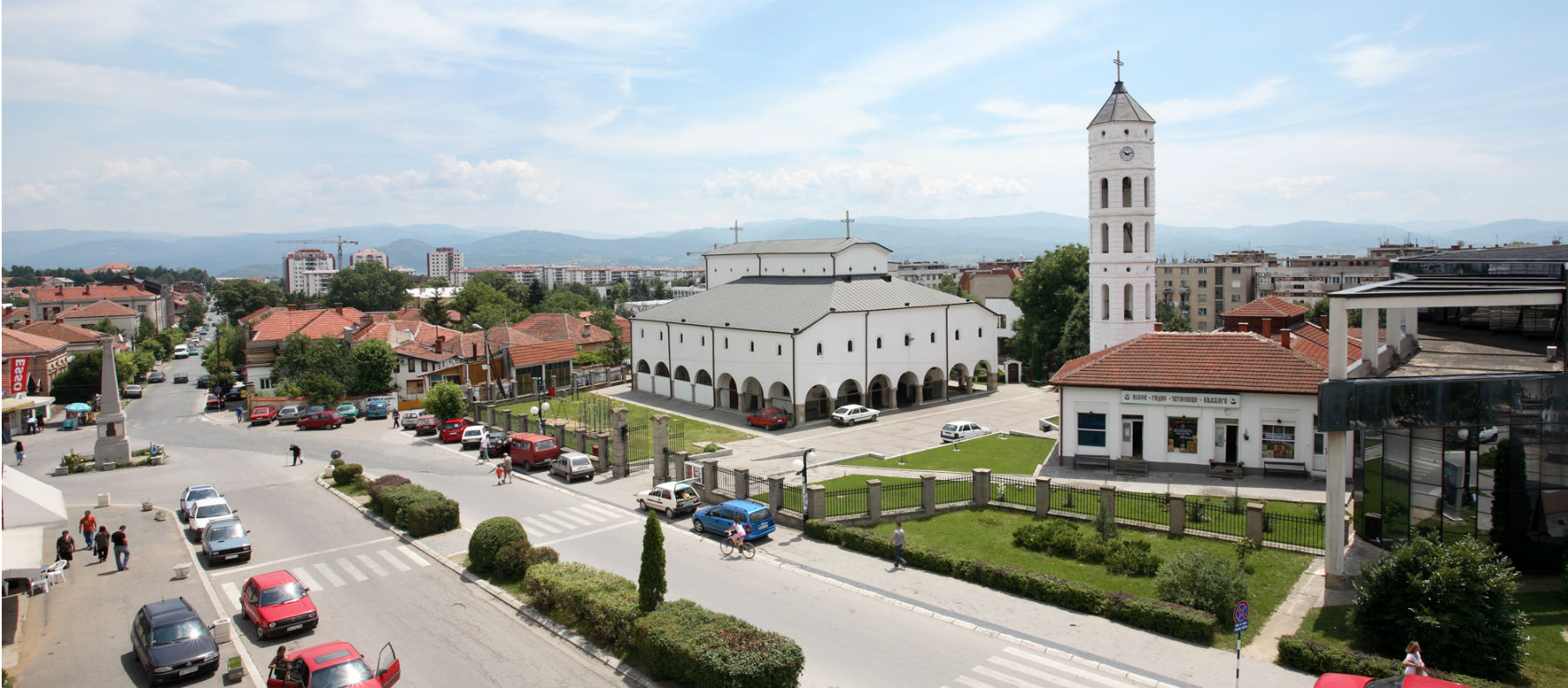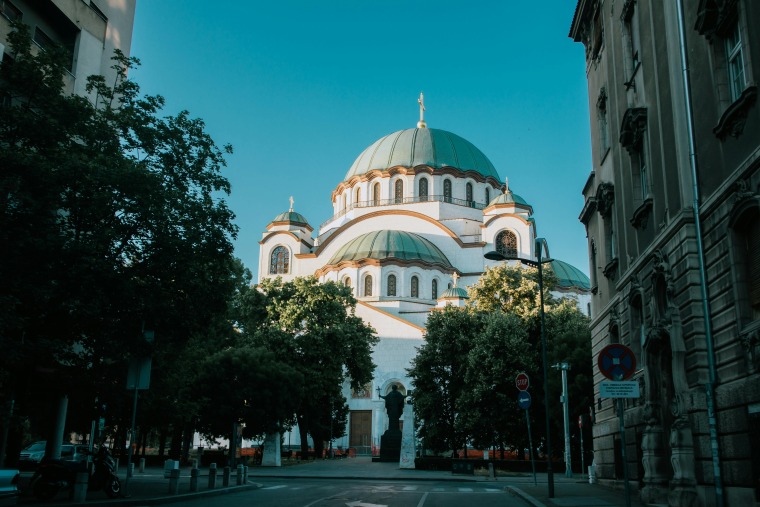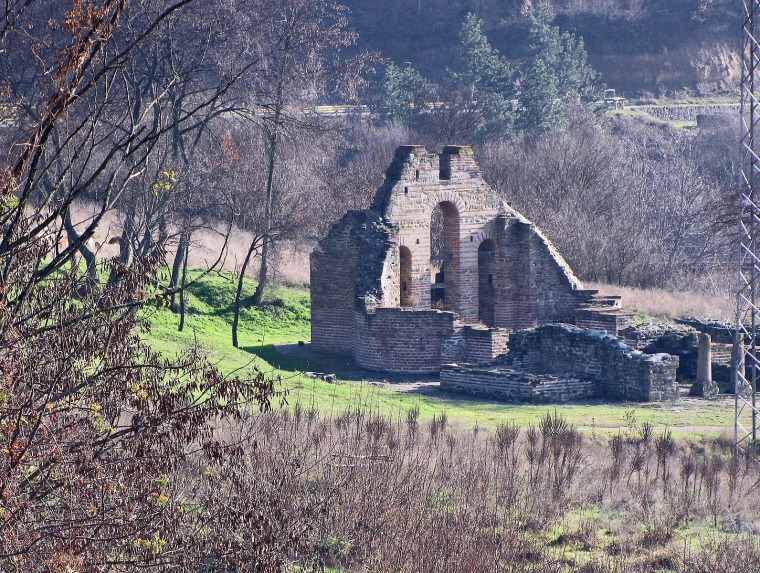Scattered between the green slopes of Fruška gora and the blueness of Danube, Sremski Karlovci is guarding the rich treasury of Serbian culture and spirituality in its edifices of priceless historical values, and on the streets of Sremski Karlovci is still celebrated the wine and grapes twined with Branko Radičević’s poetry.
Sremski Karlovci is a city of vineyards whose authorities of various ethnicities changed hands many a time during its history. But that made this town even richer in its culture. All the ethnicities that moved in left the mark of their traditions forever weaving it in multicultural riches of Sremski Karlovci.

It is said that every building, house and street in Sremski Karlovci have their own stories to tell, for this city was beyond doubt famous for its spirituality and culture of Serbia. The city had become an heir to the Patriarchate of Peć right after the First Serbian Migration in 1690. The grand Patriarchate Court is domineering the city’s central square, and since the Patriarchate had been moved to Belgrade, the Eparchy of Srem took its place.
In the magnificent edifice of the Patriarchate have remained the preserved iconostases of famous Serbian artists Theodore Kračun and Uroš Predić. Situated next to the Patriarchate, the Cathedral church is glistening all in white, with its green domes designed by Zaharije Orfelin (a prominent Serbian poet, historian, copper engraver, calligrapher, baroque educator, and lexicographer). The church is dedicated to the Saint Nicholas, and today you can find valuable frescoes and paintings of Paja Jovanović there, as well as the relic of Saint Arsenius the Syrmian, the second archbishop of Serbia.
Right next to the Cathedral church there is a Roman Catholic church dedicated to the Holy Trinity, originating from 1768. What makes this church outstandingly valuable are the baroque doors processed in xylography, safely guarding the oldest organ in Vojvodina. Folks say that “churches’ domes of both churches are threating to tower over the Fruška gora mountain, and that the bells that ring are like the ones in Florence”.
Apart from being the spiritual center, Karlovci had been the meeting point of cultural elites, poets, and prominent personae. Because of its close vicinity to Austria, and for the city’s important role with the Viennese Court, which was under the Habsburg’s management, Karlovci has been a city well ahead of its time. The first gymnasium ever to be founded in Serbia had been right there, in the city center.

Gymnasium was founded by metropolitan bishop Stephen Stratimirović in 1791 with the permissions of emperor Leopold the Second and with the help of wealthy citizens of Karlovci. Many famous Serbs studied there, out of which the most well-known one is a poet Branko Radičević, whose bust adorns this high school, and his verses about Karlovci are recited by every child living there.
Gymnasiums is visited by many tourists, and in its wooden shelves are kept safe the editions of first Serbian books ever. It was also a place of inspiration in the making of the Serbian classic, movie “Barking at the Stars”. Even today Karlovci’s gymnasium stands out for its students’ possibility to learn languages like Arabic, Old Church Slavic, and Modern Greek.
Karlovci throughout the whole year are swarmed with many different societies, especially during the cheerful traditional manifestations which are derived from native customs. Ever since the Roman emperor Probus planted the grapevine brought from southern Italy, winemaking or viniculture became one of the main branches of industry and professional occupation of Karlovci’s residents.
Their wine has been enjoyed on European courts, and today it is celebrated on September’s wine balls with the traditional gugelhupf cakes, bermet wine, pink wine, entertainment and plenty of visitors.
Complex and rich history and city’s tradition is also presented by a few older manifestations which take place throughout the year, like “Karlovci’s Christmas Gala”, “Gugelhupf Festival”, poetry festival “Brankovo kolo”, as well as art colonies.
Karlovci has entered the pages of European history in 1699, when the treaty was signed thus ending the Great war between Austria and Turkey. On that spot, century later, Karlovci’s Catholics have built the Lady of Peace chapel which stands proudly today, making it a popular touristic attraction.

Baroque and neoclassical style are exuding in other cultural renditions of Karlovci: Stephaneum, Magistrate building where is now situated municipality headquarters, Palace of church funds, homes of baron Rajačić (Ilion castle) and Dragomir Popović.
City has its own legend which claims that whoever drinks from the Four Lions fountain located in the city center will surely return to Karlovci and get married there.
Getting married there or not, whoever visited Karlovci once will return again, enamored in the city itself. And for those who had never visited it, the idyllically beautiful city anxiously awaits their arrival so it can dazzle with its charm, ever hungry for new admirers.

































